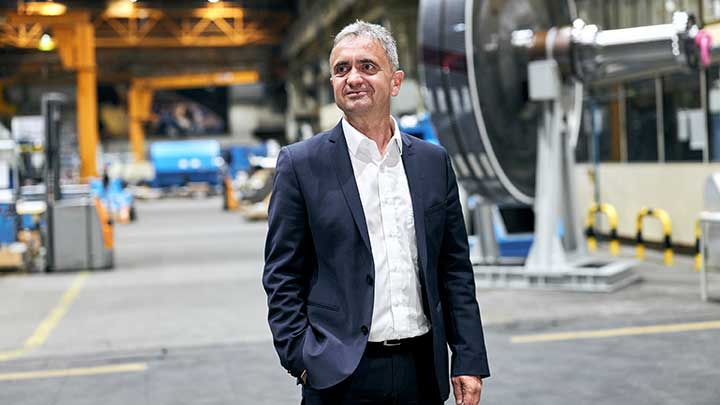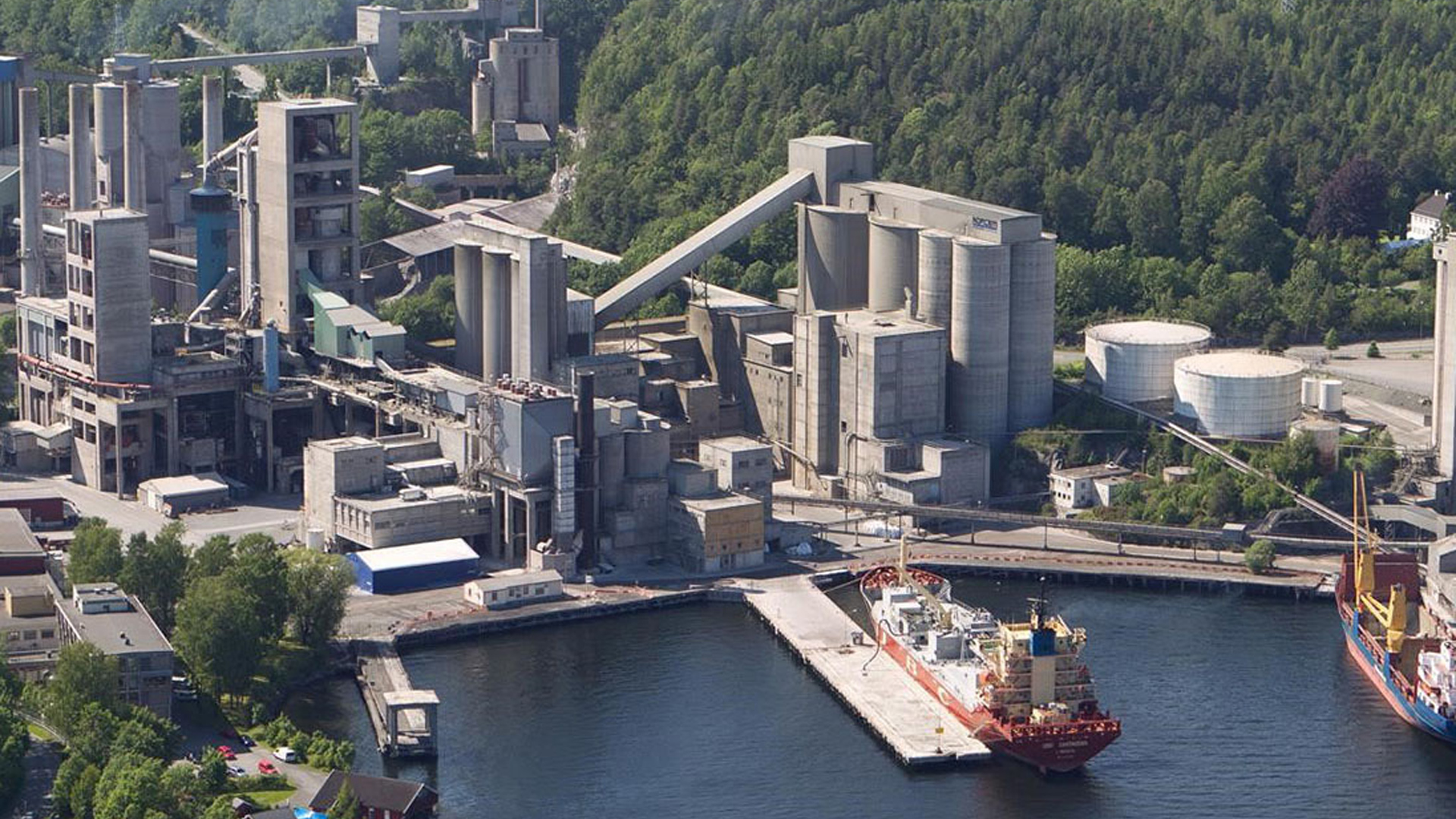Pioneering CCS in the Cement Industry
The Brevik CCS Project at a Glance
As part of Norway’s long-term initiative to capture, transport, and store CO₂ emissions, the Norwegian Parliament approved the Brevik CCS project in 2020. Construction began the following year, and by 2023, the carbon capture plant was successfully integrated into the existing cement facility—without disrupting ongoing production.
Once completed, the plant will capture CO₂ using technologies from Aker Carbon Capture and Everllence. The CO₂ is extracted directly from the chimney before it can enter the atmosphere. It is then liquefied through compression and transported by ship to a permanent storage site beneath the North Sea.


At the heart of the CCS process, there is an electrically driven compressor train featuring integrated Carbon Capture Heat Recovery (CCHR®) technology, supplied by Everllence. This system enables efficient cooling and liquefaction of CO₂, making it easier to transport.
Scope of delivery: One electrically driven RG 63-7 compressor train with integrated CCHR® technology
Task: Compress 0.4 million tons of CO₂ annually and reduce energy consumption for steam generation by 30%
Function: CO₂ compression, liquefaction, and integrated heat recovery

“CO₂ emissions are currently unavoidable in cement production with the sector accounting for almost 8% of the world’s carbon-dioxide emissions. This is why the cement industry is key on the road to a decarbonized future.”
Dr. Uwe Lauber, CEO of Everllence
Inside the world’s first carbon capture and storage plant in the cement industry

Everllence RG compressor
The Everllence RG compressor is an integrally geared compressor. This type of compressor is highly flexible and can be tailored to meet a wide range of operational requirements. The RG 63-7 compressor train used in the Brevik CCS project also incorporates CCHR® (Carbon Capture Heat Recovery) technology, which is based on Everllence’s proven heat pump expertise.
Key features:
- Up to 10 impeller stages
- Very compact design
- High pressure ratio
Carbon Capture, Utilization and Storage
Carbon Capture means that the carbon emissions in the air are removed or even captured before they can be released in the air. After this process, the CO₂ can be stored and/or utilized. This reduces the overall emissions especially in industries like cement production.
Benefits of CCUS:
- Reduces CO₂ emissions
- Increased energy efficiency
- CO₂ can be used for other purposes, e.g. renewable fuels

